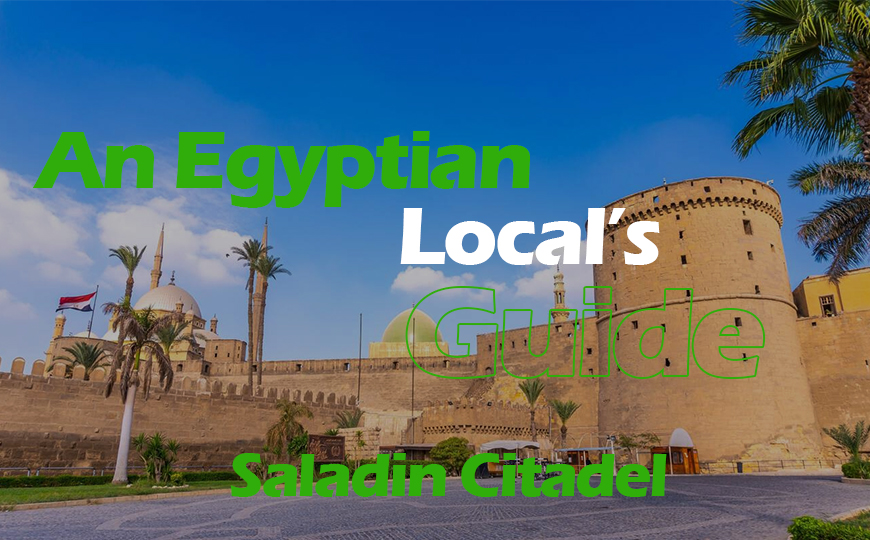Introducción: Donde la Historia se Eleva Sobre El Cairo
Situada en lo alto de las colinas de Mokattam, la Ciudadela de Saladino se erige como uno de los monumentos más emblemáticos de El Cairo — una fortaleza que ha vigilado la ciudad durante casi 800 años. Dentro de sus poderosos muros de piedra se encuentra la impresionante Mezquita de Muhammad Alí, una obra maestra de la arquitectura otomana que define el horizonte de El Cairo con sus grandes cúpulas y altos minaretes.
Este no es solo un lugar de culto o de poder militar; es una línea de tiempo viva del patrimonio islámico de Egipto, un símbolo de resistencia y resiliencia, y un sitio imprescindible para cualquiera interesado en la historia, la arquitectura o las vistas panorámicas de El Cairo.
Un vistazo a la historia: la visión de Saladino y la transformación de Egipto
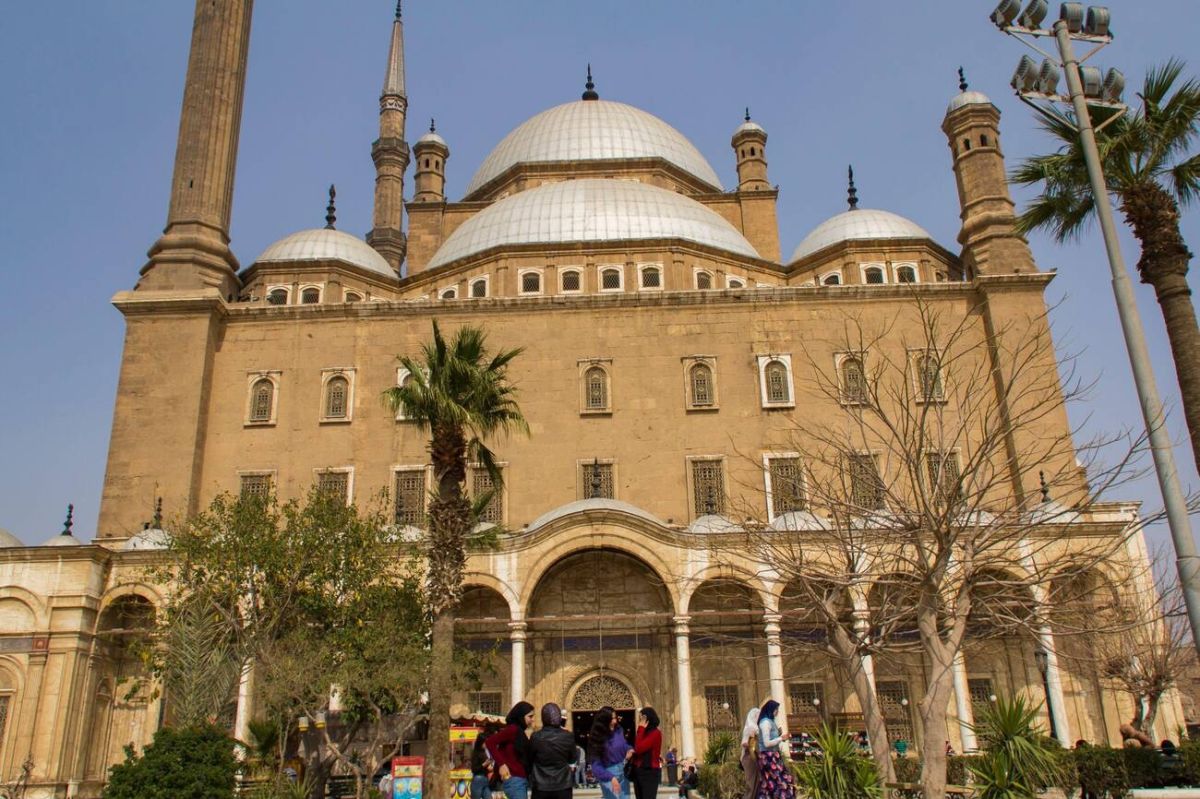
La Ciudadela fue construida por el sultán Salah ad-Din (Saladino) en el año 1176 d.C., originalmente diseñada para fortificar El Cairo contra posibles ataques cruzados. Sirvió como sede de los gobernantes de Egipto durante casi 700 años — desde la dinastía ayubí, pasando por las épocas mameluca y otomana, hasta el reinado del Jidive Ismail en el siglo XIX.
Una de sus adiciones posteriores más destacadas es la Mezquita de Muhammad Alí, construida entre 1830 y 1848 por Muhammad Alí Pachá, el gobernante otomano considerado el fundador del Egipto moderno. Él deseaba una mezquita que rivalizara con la grandeza de las mezquitas de Estambul — y lo logró. Hoy en día, es uno de los monumentos más queridos de El Cairo.
Dentro de la Ciudadela: Qué ver y explorar
Al entrar al complejo de la Ciudadela, estará ingresando a un vasto museo al aire libre de arquitectura islámica e historia egipcia. Esto es lo que no debe perderse:
Mezquita de Muhammad Alí (Mezquita de Alabastro)

Famosa por su gran cúpula central y sus dos minaretes gemelos.
El interior está ricamente decorado con oro y vidrios de colores.
Ofrece una de las mejores vistas panorámicas de El Cairo desde su terraza.
Mezquita Al-Nasir Muhammad
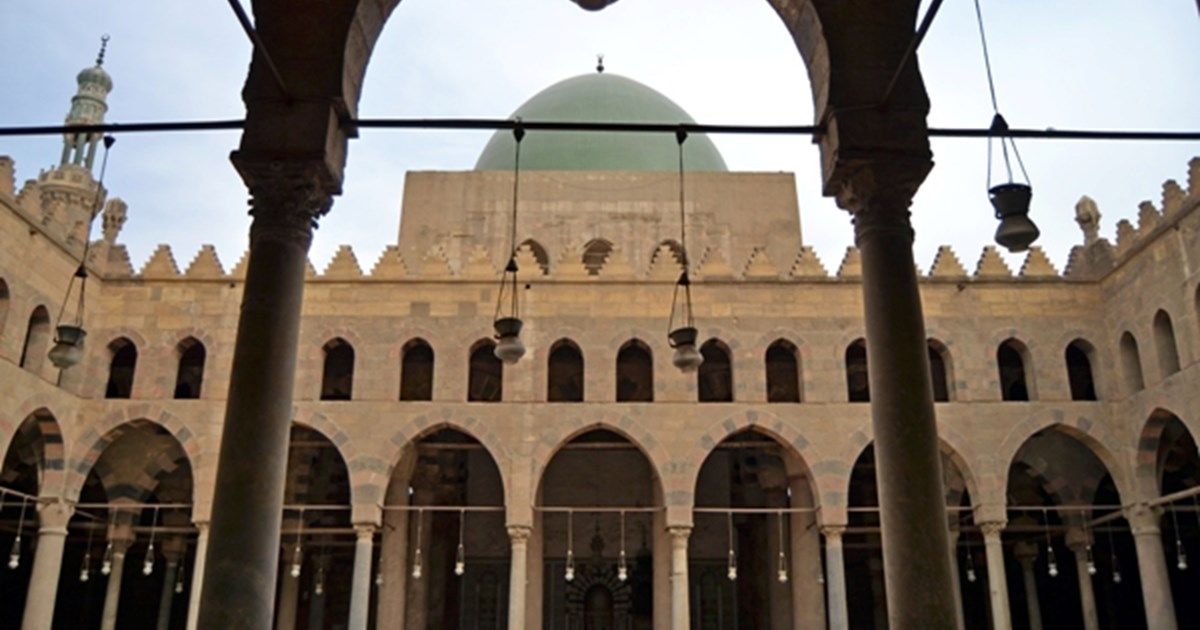
Una mezquita de la época mameluca construida en el siglo XIV, con un diseño más austero pero auténtico.
Destaca por sus minaretes de tono verdoso y sus inscripciones históricas.
Palacio Gawhara (Palacio de la Joya)
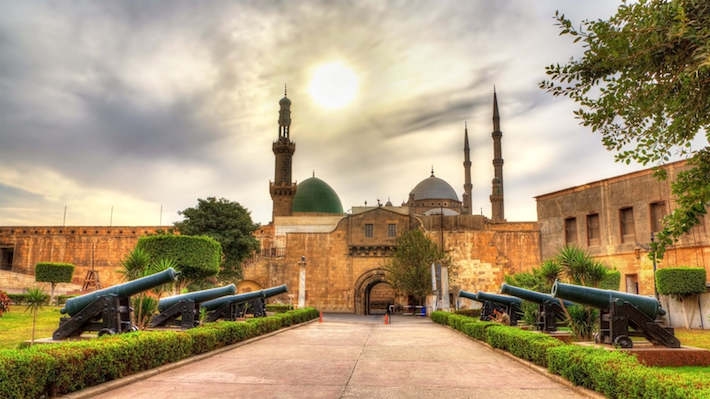
Antiguamente fue la residencia privada de Muhammad Alí.
Exhibe lujosos muebles y artefactos de la época otomana.
Museo Militar
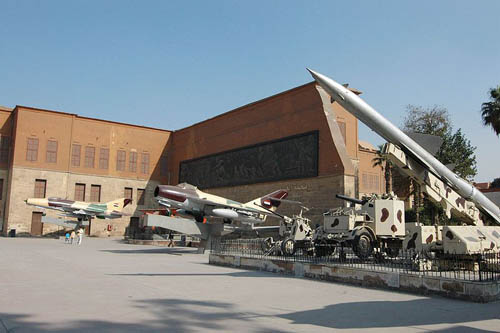
Ubicado en los antiguos cuarteles reales.
Las exhibiciones incluyen armas, uniformes y memorabilia bélica desde el Egipto antiguo hasta la época moderna.
Cómo llegar
La Ciudadela se encuentra en El Cairo Islámico y es accesible por:
Taxi o aplicaciones de transporte (Uber/Careem): Simplemente ingrese "Ciudadela de Saladino" como destino.
Metro: La estación más cercana es El Sayeda Zeinab, seguida de un corto viaje en taxi.
Desde el centro de El Cairo, el viaje dura aproximadamente entre 20 y 30 minutos, dependiendo del tráfico.
Horario de apertura y precios de entrada
Abierto todos los días de 8:00 a.m. a 4:00 p.m. (horario extendido en los meses de verano).
Precios de las entradas:
Adultos extranjeros: alrededor de 200 EGP
Estudiantes: tarifa reducida con identificación válida
La entrada incluye el acceso a las principales mezquitas y museos dentro del complejo.
Consejos para su visita
Vístase con ropa modesta: brazos y piernas deben estar cubiertos para ingresar a las mezquitas.
Quítese los zapatos antes de entrar a cualquier mezquita (normalmente se proporcionan bolsas de plástico).
Lleve agua, especialmente durante los meses de verano.
Visite en la mañana o al final de la tarde para evitar el calor intenso y las multitudes.
Qué más hacer cerca
Visite la Mezquita de Sultan Hassan y la Mezquita Al-Rifa’i, ubicadas justo colina abajo, ambas verdaderas joyas arquitectónicas.
Explore El Cairo Islámico, incluyendo las antiguas murallas de la ciudad, mezquitas y mercados tradicionales.
Pasee por el Parque Al-Azhar, que ofrece vistas panorámicas adicionales de la Ciudadela.
The Saladin Citadel is a historic Islamic fortress in Cairo built in the 12th century by Sultan Saladin to defend the city from Crusaders. It served as the seat of government in Egypt for over 600 years and is now a UNESCO World Heritage Site known for its rich history and stunning Islamic architecture.
Also known as the Alabaster Mosque, it was commissioned by Muhammad Ali Pasha and built between 1830 and 1848. It's famous for its large Ottoman-style domes, twin minarets, richly decorated interior, and sweeping views of Cairo. It’s one of the most photographed mosques in Egypt.
As of 2025:
The Citadel is open daily:
Yes. Visitors should wear modest clothing:
Yes, photography is generally allowed inside the mosque. However:
Some areas may be difficult due to uneven stone paths and stairs, especially inside older mosques or palaces. However, the main courtyard and mosque exteriors are accessible with assistance. It's recommended to bring a companion if mobility is a concern.
Yes! Kids usually enjoy exploring the large open spaces, towers, and museums inside the Citadel. Just be sure to bring sun protection, water, and snacks.
